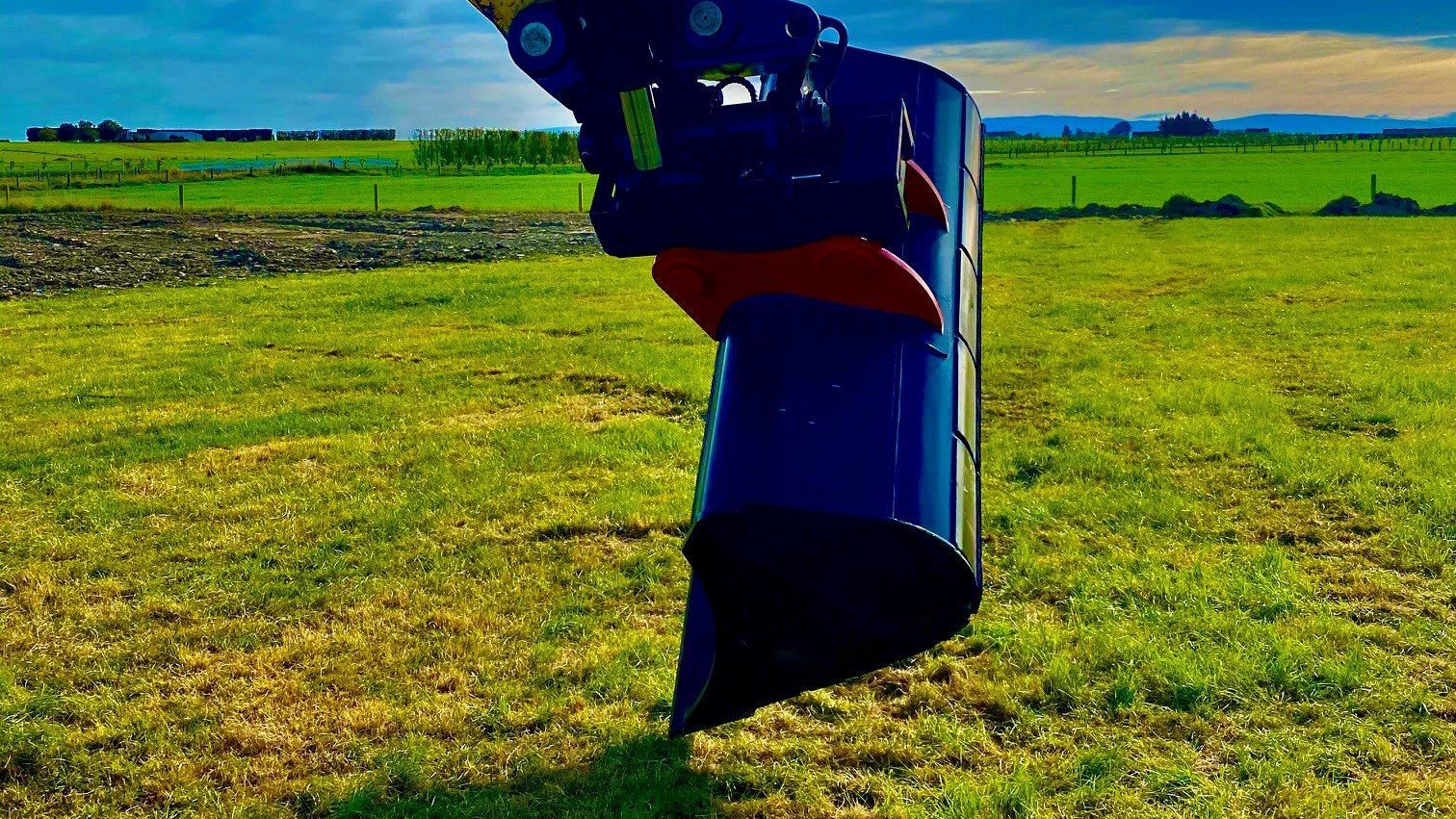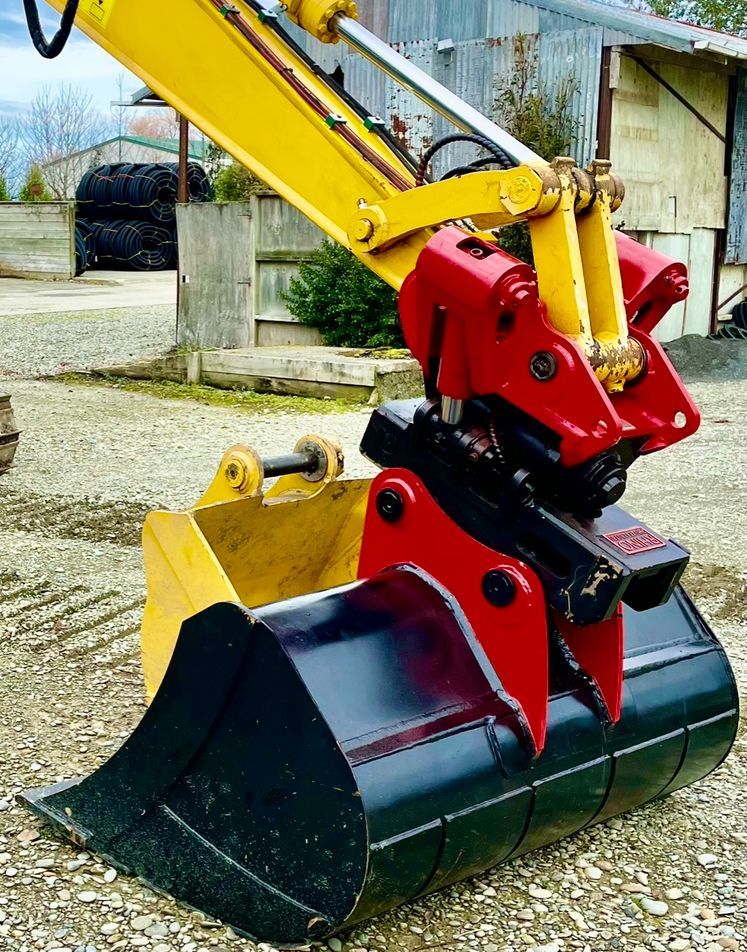Ditch Cleaning: How to Approach Your Next Project
Ditch Cleaning: How to Approach Your Next Project
Ditch cleaning is crucial for maintaining proper drainage, preventing erosion, and ensuring the effective flow of water. Whether managing roadside ditches, irrigation canals, or farm drainage systems, using the right tools and techniques makes the job efficient and environmentally friendly. One of the most effective tools for ditch cleaning is a shallow weed bucket, which simplifies clearing weeds and sediment while minimising disturbance to the banks of the ditch. Here’s a step-by-step guide to ditch cleaning:
Step 1: Assess the Site
Before beginning, inspect the ditch to identify the scope of work and plan your approach. Check where debris is blocking water flow and plan how to bring your equipment into the area.
Step 2: Plan Your Equipment
Choosing the right tools is critical for efficient and precise ditch cleaning. We recommend using a shallow weed bucket with a slotted back. This attachment is ideal for scooping out loose debris and weeds without removing excessive soil or water. The slotted back allows for fast drainage of excess water (meaning it doesn’t end up in the paddock with the weeds and debris) and even for small fish and eels to work their way out of the bucket and back into the ditch!
We also recommend using a tilt hitch that will allow you to angle the weed bucket for more precise clearing. Find out why we love using a tilt hitch in this blog.
Step 3: Get Cleaning
Start the cleaning process systematically to ensure thorough and effective results.
- Clear surface debris: Remove large branches, trash, and visible obstructions.
- Find the base: Cut and trim weed and grass.
- Scoop weeds and sediment: Use the shallow weed bucket to scoop out vegetation and loose sediment.
- Give the bucket a wee flick: Using the shallow weed bucket give a little flick to lift and cut the weeds and debris along the banks without damaging the opposite bank. Work along the ditch’s natural contours, using the bucket to maintain a consistent slope and depth.
Step 4: Inspect and Finalise
After completing the cleaning, inspect the ditch to ensure optimal functionality.
- Check water flow: Test the drainage by running water through the ditch.
- Stabilise the banks: Replant vegetation or use grass seed on banks to stabilise with root base to prevent soil loss.
- Repair damages: Fix any unintended impacts on both the ditch itself and surrounding areas, such as bank wash or damaged culverts.
- Dispose of waste responsibly: Handle the removed debris and sediment in an environmentally friendly manner.
By following these steps and using a shallow weed bucket, you can ensure that your ditch cleaning process is efficient, environmentally conscious, and effective in restoring proper drainage. Regular maintenance and the right tools will help you avoid costly repairs and ensure long-term functionality.
Need advice?
For more detailed advice and help, especially in choosing the right equipment, give us a call.

Want more information?
Website by marketelements

